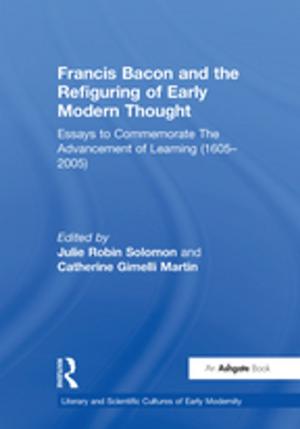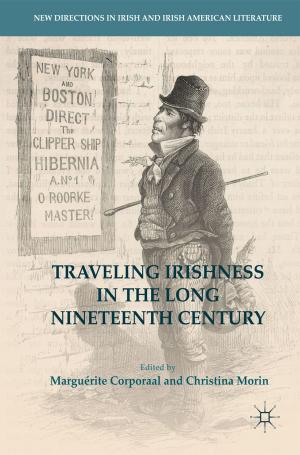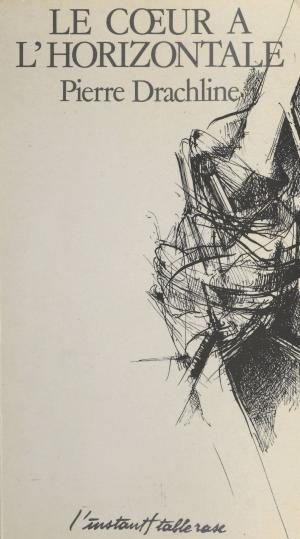The Swami and the Children: A Fictional Explanation of the Hindu Culture for Youngsters
Fiction & Literature, Literary| Author: | Mrinal Bali | ISBN: | 9781532337451 |
| Publisher: | Mrinal Bali | Publication: | March 14, 2017 |
| Imprint: | Smashwords Edition | Language: | English |
| Author: | Mrinal Bali |
| ISBN: | 9781532337451 |
| Publisher: | Mrinal Bali |
| Publication: | March 14, 2017 |
| Imprint: | Smashwords Edition |
| Language: | English |
Today’s high school student has more knowledge than all the past sages of the Hindu culture combined, yet it is widely held that the Hindu culture is too complex for the young mind to understand. This book, in fictional form based on a true story, dispels this myth.
The Hindu culture was not founded but discovered. It was discovered by the same process by which our young learn science: observe nature, explain, test the explanation, and if the test fails, repeat the cycle. The young understand this process of discovery well, and will, therefore, understand the Hindu culture because this is precisely the process that the sages of the Hindu culture followed.
What the sages sought was immortality, and they wanted it now, in this life, not in some hereafter. Instead of beseeching unknown gods for immortality, as the rest of the world was doing and still does, the sages did something novel: they observed nature. The sages reasoned that If immortality was possible, nature must have created something immortal. If they could find it, perhaps they could emulate it and themselves become immortal.
The sages defined immortality as a state of no change—a state without a beginning, without an end, no birth, no death. They called the state Brahman (pronounced Bruhm-aa, n nasal). Atmaan and Om are the other two names for it.
Everywhere the sages looked, however, they found that the universe suffers ceaseless change. Today’s high school student, knowing the atom, would conclude this nature of the material universe in a minute. The sages took centuries.
When they didn’t find something that never changed, the sages then observed nature for something that changes but can be controlled and made unchanging. That brought them to the mind, the consciousness—the only creation without atoms and hence possible to make unchanging. The rest of the Hindu culture is the discovery of methods to make the mind unchanging and merge in Brahman. The book describes Patanjali's Yoga, the most popular of the methods for achieving Brahman.
Instead of teaching our young how the Hindu culture was discovered, we teach our young deity worship. The fact is that first came the culture. Our many deities came later. For example, Rama and Krishna were practitioners of a culture that already existed. The culture as originally founded has no deities. "Which is that one God? He is Brahman. They call him tyat (that)." (Brhad-arnyaka Upanisad)
The discovery of the Hindu culture is recorded in the original texts of the culture, the Vedas and their ancillaries such as the Upanisads. The texts are vast. The Rg Veda Samhita, one of the four Vedas, alone has 10,589 verses or mantras, and the process of discovery is scattered throughout the vast texts. This book extracts the scattered basics of the Hindu culture and narrates them in fictional form based on a true story.
When a group of Hindu children mock the Hindu culture, the culture of their birth, the parents ask a reclusive Swami living in seclusion to explain the culture to the children. The Swami believes, as is widely held, that the Hindu culture is too complex for young minds to comprehend, yet he takes up the challenge. What follows is a gripping tale of a Swami against children who resist him.
There is no finer legacy that a Hindu parent can bequeath to our children. This book is a must gift from every Hindu parent to his or her child.
Today’s high school student has more knowledge than all the past sages of the Hindu culture combined, yet it is widely held that the Hindu culture is too complex for the young mind to understand. This book, in fictional form based on a true story, dispels this myth.
The Hindu culture was not founded but discovered. It was discovered by the same process by which our young learn science: observe nature, explain, test the explanation, and if the test fails, repeat the cycle. The young understand this process of discovery well, and will, therefore, understand the Hindu culture because this is precisely the process that the sages of the Hindu culture followed.
What the sages sought was immortality, and they wanted it now, in this life, not in some hereafter. Instead of beseeching unknown gods for immortality, as the rest of the world was doing and still does, the sages did something novel: they observed nature. The sages reasoned that If immortality was possible, nature must have created something immortal. If they could find it, perhaps they could emulate it and themselves become immortal.
The sages defined immortality as a state of no change—a state without a beginning, without an end, no birth, no death. They called the state Brahman (pronounced Bruhm-aa, n nasal). Atmaan and Om are the other two names for it.
Everywhere the sages looked, however, they found that the universe suffers ceaseless change. Today’s high school student, knowing the atom, would conclude this nature of the material universe in a minute. The sages took centuries.
When they didn’t find something that never changed, the sages then observed nature for something that changes but can be controlled and made unchanging. That brought them to the mind, the consciousness—the only creation without atoms and hence possible to make unchanging. The rest of the Hindu culture is the discovery of methods to make the mind unchanging and merge in Brahman. The book describes Patanjali's Yoga, the most popular of the methods for achieving Brahman.
Instead of teaching our young how the Hindu culture was discovered, we teach our young deity worship. The fact is that first came the culture. Our many deities came later. For example, Rama and Krishna were practitioners of a culture that already existed. The culture as originally founded has no deities. "Which is that one God? He is Brahman. They call him tyat (that)." (Brhad-arnyaka Upanisad)
The discovery of the Hindu culture is recorded in the original texts of the culture, the Vedas and their ancillaries such as the Upanisads. The texts are vast. The Rg Veda Samhita, one of the four Vedas, alone has 10,589 verses or mantras, and the process of discovery is scattered throughout the vast texts. This book extracts the scattered basics of the Hindu culture and narrates them in fictional form based on a true story.
When a group of Hindu children mock the Hindu culture, the culture of their birth, the parents ask a reclusive Swami living in seclusion to explain the culture to the children. The Swami believes, as is widely held, that the Hindu culture is too complex for young minds to comprehend, yet he takes up the challenge. What follows is a gripping tale of a Swami against children who resist him.
There is no finer legacy that a Hindu parent can bequeath to our children. This book is a must gift from every Hindu parent to his or her child.















